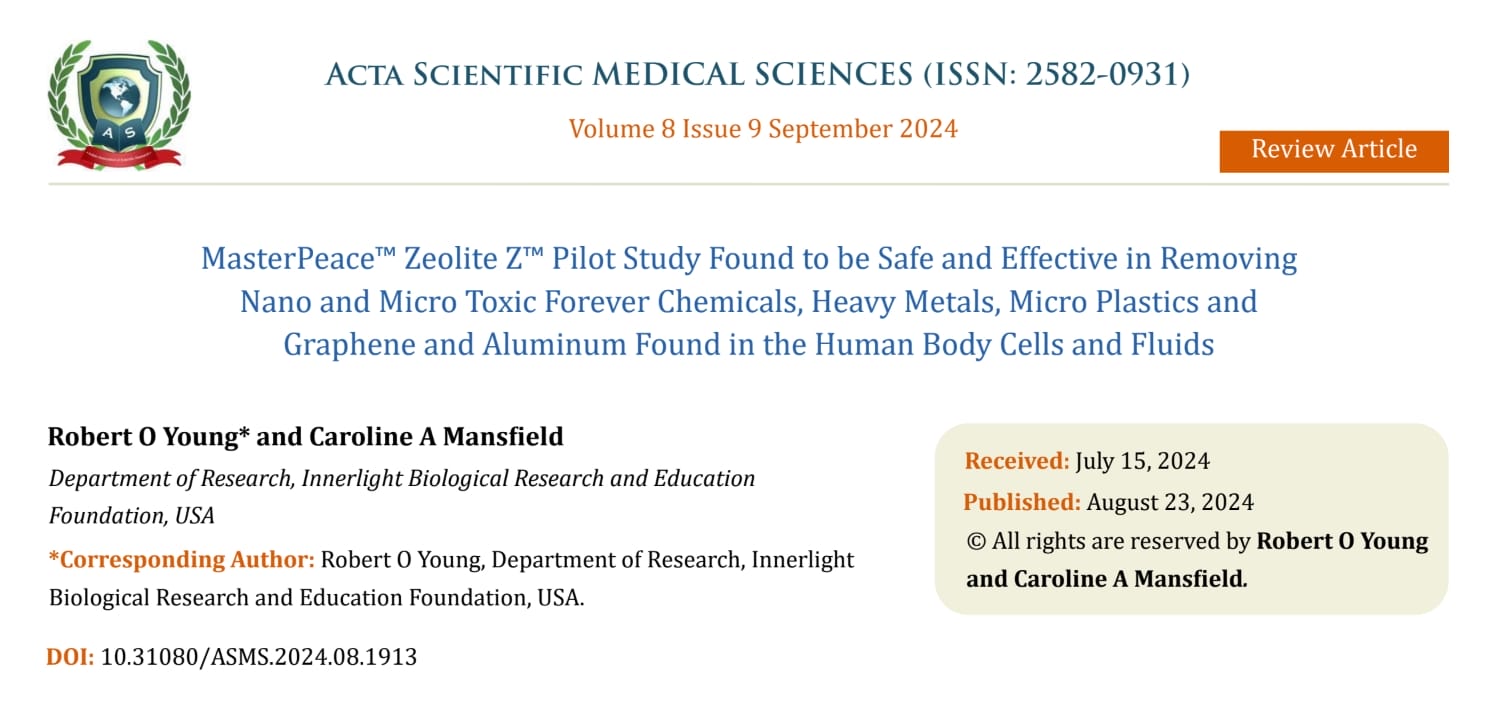Singapore’s ‘Corona Effect’ COVID-19 case fatality rate is remarkably low. Why?
A picture is worth a thousand words!

With a city population of 5.6 million people and only 27 fatalities since December 1st, 2019, Singapore has the lowest levels of cases and incidences in the World for the invisible phantom coronavirus.


Singapore’s true immune protection against the fake COVID-19, comes from the green plants, trees, and grasses and specifically the green chlorophyll molecule that is adsorbing and absorbing the real dis-ease contributing factors of chemical and radiation poisoning from outdoor and indoor air and electro-magnetic pollution).

Both of these dis-ease causing contributing factors increase toxic levels of carbon dioxide poisoning or acid rain in one of the largest industrial cities of the World that causes the symptoms of hypoxia, pathological blood coagulation, blood clots, hypercapnia, severe acute respiratory disorders, chronic fatigue, fever and death.

The chemical and radiation poisoning in Singapore is mitigated and significantly reduced for the benefit of its population of people by living around green plants that protect them against the real causes of dis-eases and symptomologies wrongly associated with an invisible non-existing virus called, COVID-19!









To learn more about the real contributing factors causing the symptomologies of SARS or COVID-19 read the following published scientific articles:
4) https://www.drrobertyoung.com/post/prevent-hypoxia-hypercapnia-fever-dry-cough-fatigue-sars-covid-19

For the Solution to the Pollution you can setup a personal consultation with Dr. Robert O. Young at: https://www.drrobertyoung.com/
For the Solution to the Pollution YOU can start ingesting iJuice Chlorophyll to adsorb and absorb the chemical poisoning in the air that you are breathing and the radiation poisoning from the electrical magnetic pollution you are bathing in! https://www.phmiracleproducts.com/collections/ijuice/products/ijuice-chlorophyll



References
[1] Kocbach A, Li Y, Yttri K E, Cassee F R, Schwarze P E, Namork E 2006 Physicochemical characterisation of combustion particles from vehicle exhaust and residential wood smoke Part. Fibre Toxicol.
[2] Sioutas C, Delfino R J, Singh M 2005 Exposure Assessment for Atmospheric Ultrafine Particles (UFPs) and Implications in Epidemiologic Research Environ. Health Res.
[3] Young, R.O. , live blood micrograph using phase contrast microscopy of patient with the ‘Coronal Effect’.



